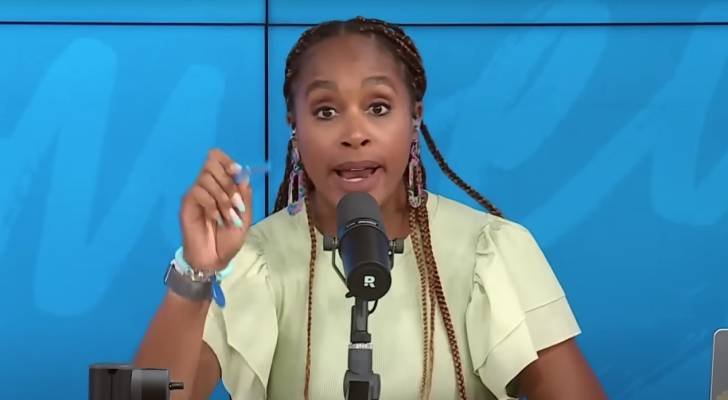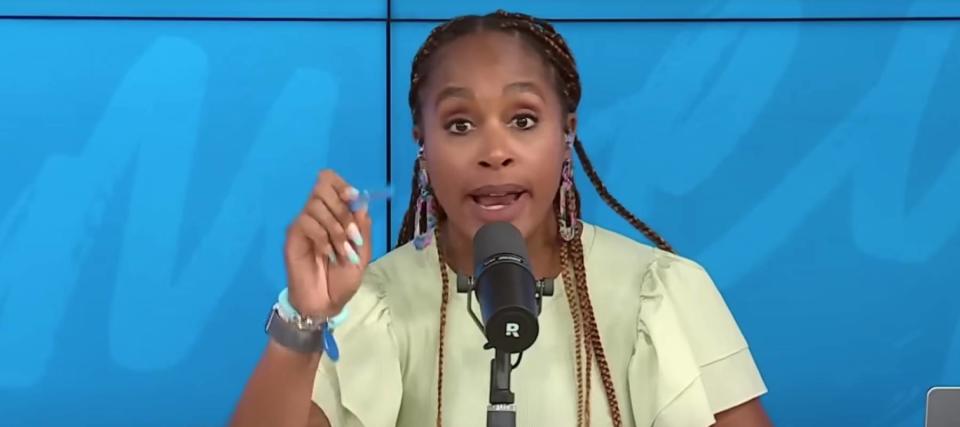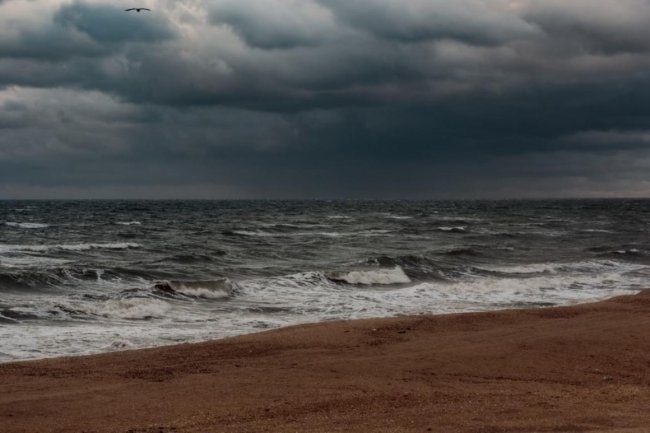‘That’s a load of crap’: Ramsey Show just highlighted the ‘painful truth’ behind President Biden’s $39B student loan debt forgiveness — here’s...
President Joe Biden’s sweeping student loan forgiveness plan may have been struck down by the Supreme Court, but his administration is still going forward with a separate plan to write off $39 billion in student debt.The plan will impact about 804,000 borrowers with income-driven repayment (IDR) plans for their federal student loans. With an IDR loan, qualified borrowers are allowed to pay a reduced, income-pegged monthly sum over a 20- or 25-year term.Don't miss‘That’s a load of crap’: Ramsey Show just highlighted the ‘painful truth’ behind President Biden’s $39B student loan debt forgiveness — here’s what it is and how to protect yourselfWorried about the economy? Here are the best shock-proof assets for your portfolio. (They’re all outside of the stock market.)This janitor in Vermont built an $8M fortune without anyone around him knowing. Here are the 2 simple techniques that made Ronald Read rich — and can do the same for youAmericans are spending a ridiculous $253/month more on gr

President Joe Biden’s sweeping student loan forgiveness plan may have been struck down by the Supreme Court, but his administration is still going forward with a separate plan to write off $39 billion in student debt.
The plan will impact about 804,000 borrowers with income-driven repayment (IDR) plans for their federal student loans. With an IDR loan, qualified borrowers are allowed to pay a reduced, income-pegged monthly sum over a 20- or 25-year term.
Don't miss


Worried about the economy? Here are the best shock-proof assets for your portfolio. (They’re all outside of the stock market.)
This janitor in Vermont built an $8M fortune without anyone around him knowing. Here are the 2 simple techniques that made Ronald Read rich — and can do the same for you
Americans are spending a ridiculous $253/month more on groceries. But this simple hack can turn your stressful daily spending into a golden nest egg
After two decades (or more) of making qualifying payments — as long as the borrower’s income remains below the designated threshold and they remember to periodically recertify their loan as IDR-eligible — any outstanding balance will be canceled.
Biden’s forgiveness plan, announced on July 14, is targeted at IDR borrowers who, because of “historical inaccuracies,” haven’t been given sufficient credit for all their qualifying payments.
For those who’ve been making IDR payments since at least 2003, it might seem like things are finally going your way — but here’s “the painful truth” the experts at The Ramsey Show say is behind this long-awaited forgiveness.
The perils of IDR plans
That any portion of a decades-old loan could suddenly disappear is in itself a happy prospect, says Jade Warshaw, a debt-elimination specialist and contributor to The Ramsey Show.
“Finally these folks are getting their money,” Warshaw said on a recent episode of the popular show. “So it’s a good day for our parents, right?”
But Warshaw also said that current and future student-debt holders should think long and hard about the implications of dragging around student loan debt for two or more decades, all for the possibility of getting some forgiveness at the end.
After a pandemic-related pause of more than three years, federal student loan payments will resume this October, while interest on loans picks up again in September. However, borrowers will be given a 12-month on-ramp period, during which any missed payments won’t be considered delinquent.
Knowing that your balance will one day be forgiven, it may seem tempting to sign up for one of four types of IDR plans currently available: Income-Based Repayment (IBR), Income-Contingent Repayment (ICR), Pay As You Earn (PAYE) or Saving on a Valuable Education (SAVE).
With SAVE loans, the newest iteration of IDR announced by the Biden administration on June 30, unpaid interest doesn’t accrue, and monthly payments are calculated at 5% of discretionary income for undergraduates and 10% for graduate students.
But with any IDR plan, Warshaw said borrowers “kick that can down the road for 20, 25, 30 years,” and at the end hope there’ll be “a little bucket of gold at that rainbow.”
But at what cost?
Read more: If you owe $25K+ in student loans, there are ways to pay them off faster
The mental health toll of dragging out debt payments
These days, there’s a better understanding of the psychological and mental health aspects of owing people money.
“It messes up your sleep, it messes up your relationships,” said Warshaw’s co-host, Dr. John Delony, a mental health expert. The choice to prolong student loan payments over decades is a choice to be “miserable and not be fully present,” he said, because you always have a black cloud of debt hanging over you.
It also discourages people from earning a better living, since taking in more money means potentially forfeiting eligibility for IDR.
All of this can trigger stress, anxiety and depression. “Debt can make you feel anxious, especially if you don’t have support from friends or family or from your creditors,” according to the Mental Health Foundation.
“I know how it feels to not be able to sleep at night,” Warshaw said. “I know how it feels to have that effect on your marriage, the way you work, all the decisions that you make are so that you can pay bills. That’s a load of crap, that’s for the birds.”
The debt snowball approach
When you’re struggling to make ends meet, an IDR plan may seem like the best option.
But if you’re still paying off your student loan well into your 50s, you’ll have paid thousands more in interest than if you’d made larger monthly payments over a shorter period of time.
The Ramsey Show staff touts a potential alternative for those on fixed incomes: the debt snowball method. The idea is you pay off your debts from smallest to largest, regardless of interest rate. You keep paying as much as possible on your smallest debt until it’s paid off, while making minimum payments on your other debts. Like a snowball, once you get rolling, you gain momentum.
Warshaw pleaded with her audience not to rely on the government, which may or may not be willing to bail out debt holders, but to focus instead on being happy.
With that in mind, she says what will bring you peace and give you freedom is “you taking back your power, you taking back your autonomy, you being able to financially self-regulate on your own instead of depending on the government.
“I want you to be free, I know you can be free, I know you have the power inside yourself to be free.”
What to read next
3 big mistakes people make with cash back credit cards that cost them every time they swipe
Commercial real estate has outperformed the S&P 500 over 25 years. Here's how to diversify your portfolio without the headache of being a landlord
Are you ready for your first year of retirement? Here are 4 things you might not expect — but definitely need to prepare for
This article provides information only and should not be construed as advice. It is provided without warranty of any kind.
What's Your Reaction?













